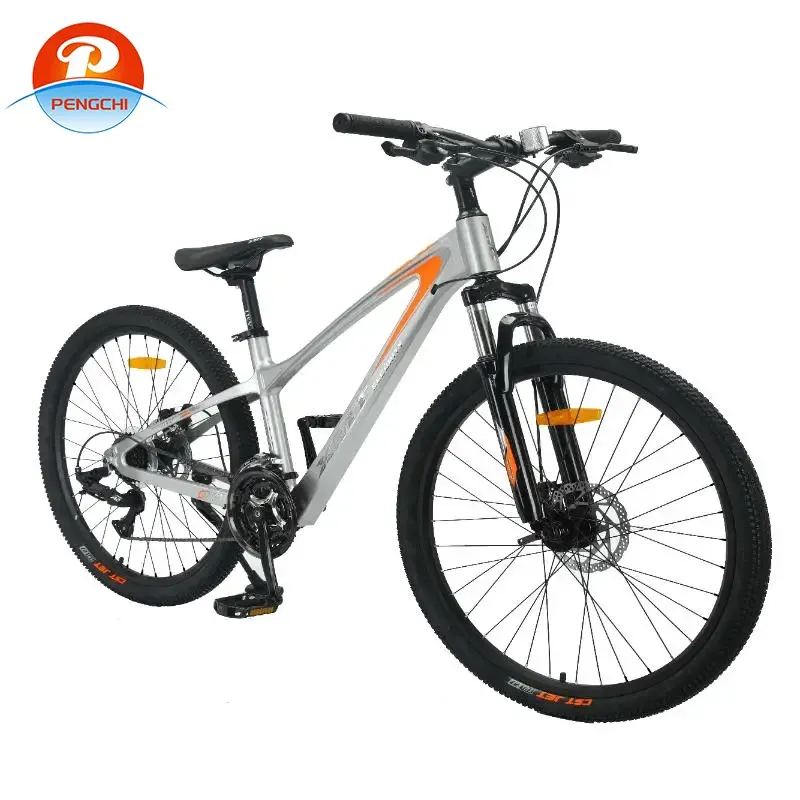
-
 Afrikaans
Afrikaans -
 Arabic
Arabic -
 Belarusian
Belarusian -
 Bengali
Bengali -
 Bulgarian
Bulgarian -
 Croatian
Croatian -
 Czech
Czech -
 Danish
Danish -
 Dutch
Dutch -
 English
English -
 Finnish
Finnish -
 French
French -
 German
German -
 Greek
Greek -
 hawaiian
hawaiian -
 Hebrew
Hebrew -
 Hindi
Hindi -
 Hungarian
Hungarian -
 Indonesian
Indonesian -
 irish
irish -
 Italian
Italian -
 Japanese
Japanese -
 Javanese
Javanese -
 kazakh
kazakh -
 Khmer
Khmer -
 Korean
Korean -
 Kyrgyz
Kyrgyz -
 Lao
Lao -
 Latin
Latin -
 Luxembourgish
Luxembourgish -
 Malay
Malay -
 Myanmar
Myanmar -
 Norwegian
Norwegian -
 Persian
Persian -
 Polish
Polish -
 Portuguese
Portuguese -
 Romanian
Romanian -
 Russian
Russian -
 Serbian
Serbian -
 Slovak
Slovak -
 Somali
Somali -
 Spanish
Spanish -
 Swedish
Swedish -
 Tagalog
Tagalog -
 Thai
Thai -
 Turkish
Turkish -
 Turkmen
Turkmen -
 Ukrainian
Ukrainian -
 Uighur
Uighur -
 Vietnamese
Vietnamese
okt . 10, 2024 08:54 Back to list
how to pick a bicycle
How to Pick a Bicycle A Comprehensive Guide
Choosing the right bicycle can seem daunting, especially with the variety of options available today. Whether you're a novice or an experienced cyclist looking to upgrade, understanding the different types of bicycles and their features is crucial in finding the perfect ride that suits your needs. Here’s a comprehensive guide to help you make an informed decision when picking a bicycle.
1. Determine Your Purpose
The first step in selecting a bicycle is to define its intended use. Are you planning on commuting, road cycling, mountain biking, or leisurely rides in the park? Your primary purpose will significantly influence the style of bike that’s best for you.
- Road Bikes If you plan on traveling long distances on paved roads, a road bike is ideal. These bikes are lightweight, with thin tires and a streamlined design for speed and efficiency. - Mountain Bikes For off-road adventures, mountain bikes are equipped with sturdy frames, wide tires, and advanced suspension systems designed to tackle rugged terrains.
- Hybrid Bikes If you want versatility, consider a hybrid bike. These bikes combine features of both road and mountain bikes, offering a good balance for commuting and casual rides.
- Comfort Bikes For leisurely rides, comfort bikes offer an upright riding position and cushioned seats, perfect for casual cyclists seeking comfort over speed.
Once you've determined the type of bike you need, the next step is finding the right frame size. A well-fitted bike ensures comfort and efficiency while riding. Most manufacturers provide size charts based on your height and inseam measurement.
To measure your inseam, stand with your feet approximately six inches apart and measure from the ground to your crotch. The result will help you find the appropriate frame size. It is advisable to test ride a few bikes to ensure the fit feels comfortable before making a purchase.
3. Consider the Components
how to pick a bicycle

Bicycles come with various components that affect performance, weight, and cost. Understanding these components can help you choose wisely
- Gearing If you plan to ride in hilly areas, opt for bikes with multiple gears to tackle inclines easily. Fixed-gear bikes, while stylish, are only suitable for flat terrains.
- Brakes There are two main types of brakes rim brakes and disc brakes. Rim brakes are lighter and easier to maintain, whereas disc brakes offer better stopping power and performance in messy weather conditions.
- Tires Depending on your purpose, the width and tread of tires will differ. Road bikes typically have narrow, smooth tires for speed, while mountain bikes feature wider, knobby tires for grip and control on uneven surfaces.
4. Set a Budget
Bicycles can vary significantly in price, so setting a realistic budget is essential. Basic models can start as low as a few hundred dollars, while high-end bikes can range into thousands. Consider not only the cost of the bike but also additional accessories such as helmets, locks, and lights.
5. Test Ride and Seek Expert Advice
Before making a final decision, take the time to test ride a few different models. Feel how the bike handles and make sure it feels comfortable. Additionally, don’t hesitate to seek advice from local bike shops or experienced cyclists who can provide insights based on their experiences.
Conclusion
Selecting the right bicycle is a key step towards enjoying your cycling journey. By understanding your needs, finding the right fit and components, setting a budget, and taking the time to test ride, you'll be well on your way to choosing the perfect bicycle for your adventures. Happy cycling!
-
Red Black BMX Bike with GPT-4-Turbo AI Tech
NewsJul.31,2025
-
New Red Anti-theft E-Bike | Easy Ride City Commuter
NewsJul.31,2025
-
BMX 20 Inch Bikes for Freestyle & Street | Fat Tire Options Available
NewsJul.30,2025
-
322 High Quality 26 Inch 21 Speed Adult Mountain Bike OEM MTB
NewsJul.29,2025
-
Specialized Kids Mountain Bikes - Safe, Durable & Fun Riding Experience
NewsJul.29,2025
-
Little Kids Mountain Bike - Lightweight Bikes for Young Riders
NewsJul.29,2025

